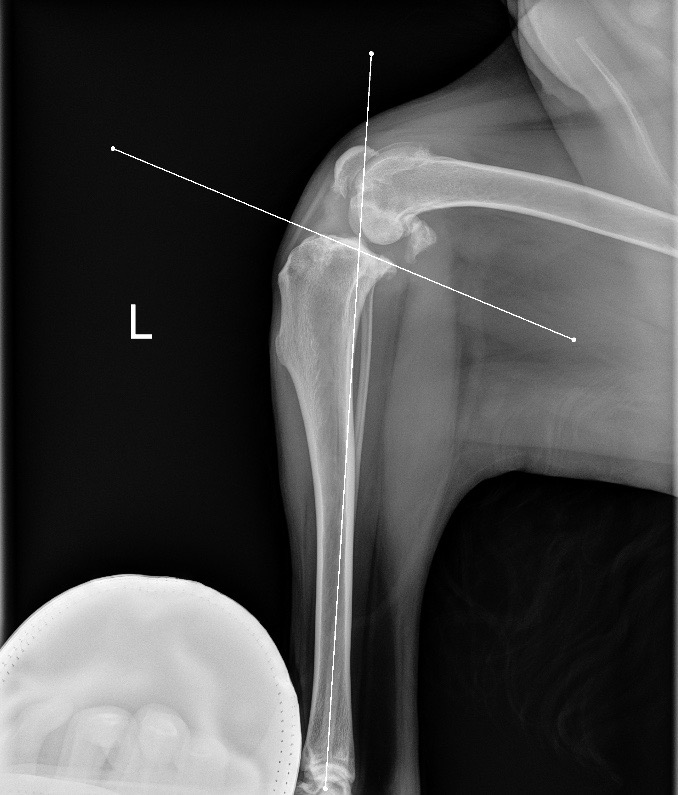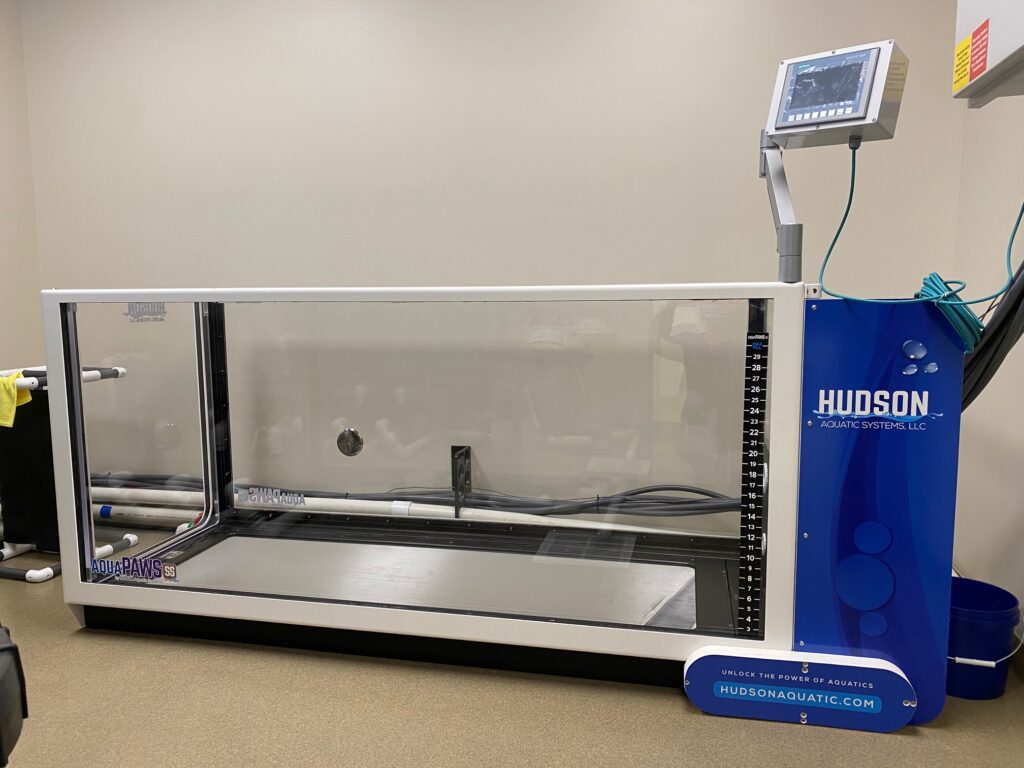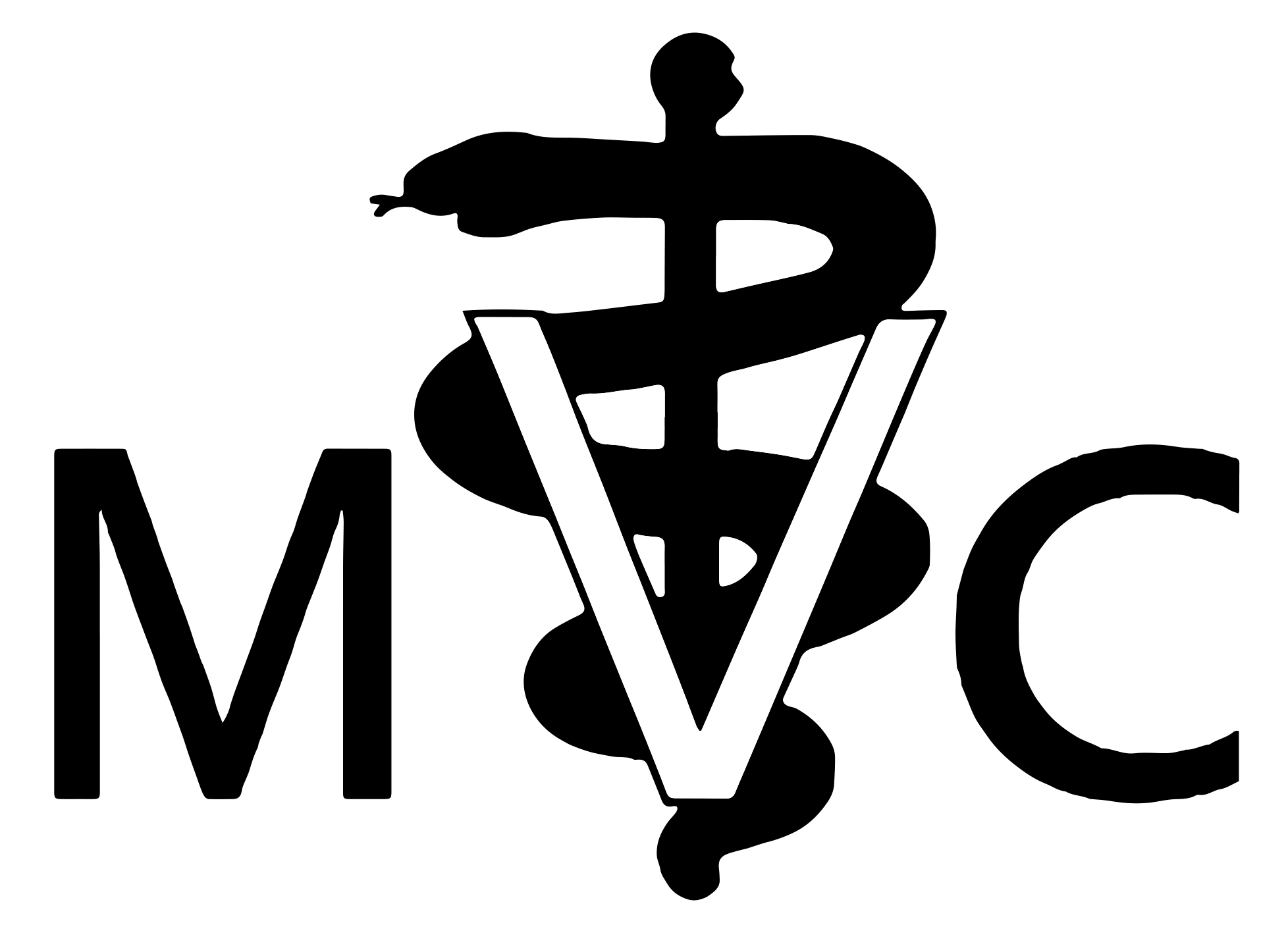Let’s say you have your dog outside in the (short-lived) summer months in Marquette playing in the park. As you are enjoying your time outdoors, you hear your dog yelp and watch it hobble back to you without wanting to put any weight on its back left leg. This type of scenario is a common history owners will provide to a veterinarian when their dog has ruptured their cranial cruciate ligament.
But what is a dog’s cranial cruciate ligament? This ligament is equivalent to a human’s anterior cruciate ligament (ACL) and is responsible for preventing their tibia from “thrusting” forward when the dog is walking or running. When the cruciate is torn, the tibia will thrust forward and cause pain to the animal which results in a non-weight bearing or toe-touching lameness.
A veterinarian will normally diagnose this condition by palpating the dog’s hind leg to feel the tibial thrust which is also known as a “drawer test”. Another useful diagnostic tool if the drawer test is inconclusive is a radiograph. Even though the dog’s cruciate ligament is considered torn, this is actually part of a disease process called Cranial Cruciate Ligament Disease.
Cranial Cruciate Ligament Disease (CCLD) is a degenerative process of the dog’s cranial cruciate ligaments where these ligaments are weaker and more prone to tearing compared to normal dogs. This disease is predisposed in large and giant breed dogs such as Retrievers, Newfoundlands, Rottweilers, and Staffordshire Terriers to name a few.
There are two ways to treat this disease: medical management and surgical correction. Medical management involves the use of medications like carprofen to help treat the inflammation in the joint and alleviate the pain, but does not address the ruptured cruciate ligament which leaves the joint unstable. Surgical correction is considered the gold standard for treating this disease because it eliminates the “thrusting” motion of the tibia during activity and slows down the development of arthritis. There are multiple ways to surgically correct a torn cruciate, but the two methods we offer are the Tibial Plateau Leveling Osteotomy (TPLO) and the Lateral Suture Technique.

Unfortunately, there are not a lot of preventative measures available to help reduce the risk of a dog rupturing its cruciate ligament. Despite what’s been researched on CCLD, no one has yet been able to determine what triggers the degeneration of the ligament. However, there are some things you as an owner can do if your dog were to ever be diagnosed with this condition.
Maintaining a healthy body weight is ideal in helping your pet make a smooth recovery and reduce the risk of post-op issues. Physical rehabilitation is a great way to help your pet build muscle in its leg and help return to normal function after surgery. That is why we are happy to announce that we have added a hydrotherapy treadmill at our clinic. Not only is hydrotherapy great for physical rehabilitation after an orthopedic surgery, there are numerous other ways hydrotherapy can benefit pets, they include:

- Hip and Elbow Dysplasia
- Spinal Injuries, such as disk herniation or strain
- Obesity
- Soft tissue trauma, including strains, sprains and tendonitis
- Joint injuries, including trauma
- Geriatric conditions, such as arthritis, spondylosis and muscle atrophy
- Neurologic issues, such as disc disease or degenerative myelopathy
- Sports-related injuries, such as muscle tears or tendon strains
- Strengthening and conditioning to build muscle tone, allow a good workout without change of injury, and allow workout in the off-season, especially for sporting dogs
- Chronic pain
- Circulatory problems
If you are interested in finding out more about our hydrotherapy treadmill, please feel free to contact our office at 906-249-1456 or email us at [email protected].
Dr. Edward G. Brauer III


Recent Comments